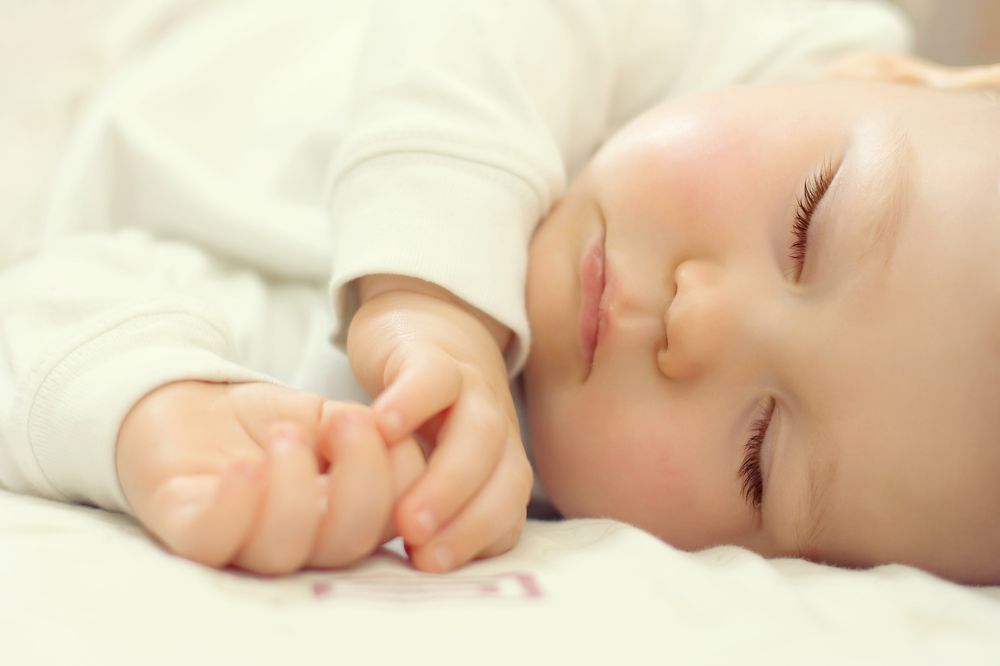Autism in Infants Predicted by Simple Test

Autism is typically not firmly diagnosed until a child is around 3 years old. For infants at 6 months with a high genetic risk for autism, another potential predictor has been found by noting weak head and neck control.
Researchers suggest adding the early test of motor skills to existing behavioral screenings for the risk of autism spectrum disorder (ASD) and also, more broadly, language or social-developmental delays.
The test involves a "pull-to-sit" task, in which the infant is expected to maintain head alignment when being carefully yet firmly pulled by the arms from lying flat on his or her back to sitting up. The test can reveal a lack of postural control in infants that is normally achieved by 4 months old. Infants without postural control exhibit “head lag.”
Other studies have found that head lag indicates developmental delays in preterm infants and children with cerebral palsy. But it hadn’t been studied in relation to autism.
"Research aimed at improving early detection of autism has largely focused on measurement of social and communication development," said Dr. Rebecca Landa, director of the Center for Autism and Related Disorders at Kennedy Krieger Institute in Baltimore. "However, disruption in early motor development may also provide important clues about developmental disorders such as autism."
Landa is presenting the findings at the International Meeting for Autism Research today in Toronto. Researchers at Harvard Medical School and Massachusetts General Hospital contributed to the study.
The study involved 40 infants at high risk for ASD because a sibling had the disorder. They were tested at 6, 14, 24 months, then checked at 30 to 36 months for autism. Ninety percent of infants diagnosed with ASD at that point had exhibited head lag as infants.
Sign up for the Live Science daily newsletter now
Get the world’s most fascinating discoveries delivered straight to your inbox.
"Our findings show that the evaluation of motor skills should be incorporated with other behavioral assessments to yield insights into the very earliest signs of autism," Landa said.
This story was provided by MyHealthNewsDaily, a sister site to LiveScience.











